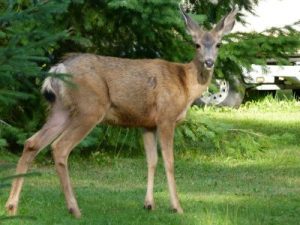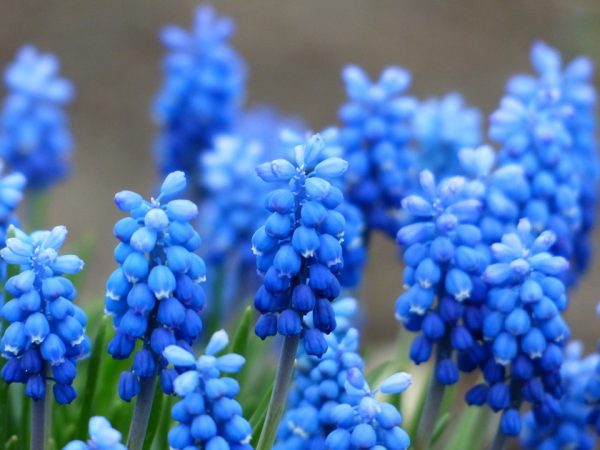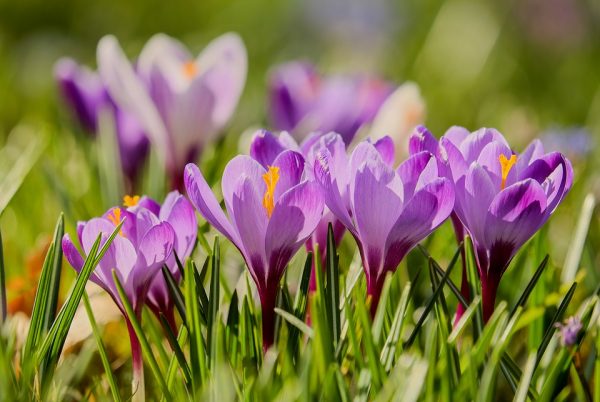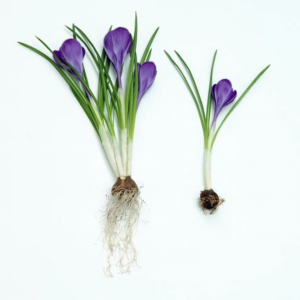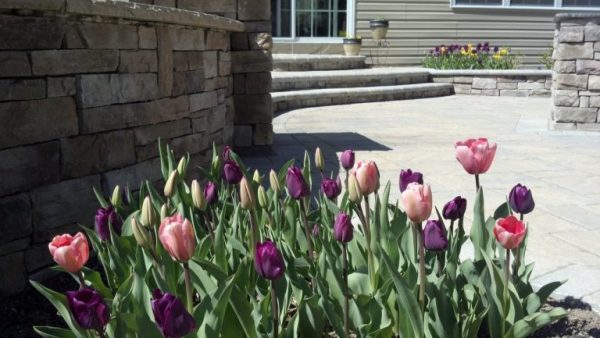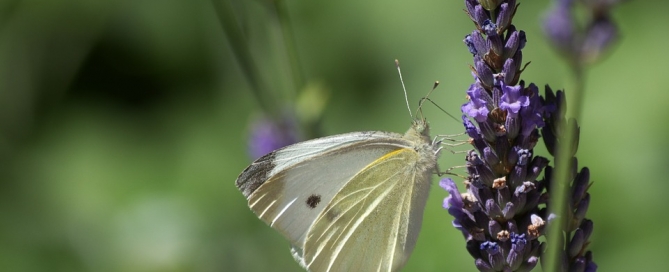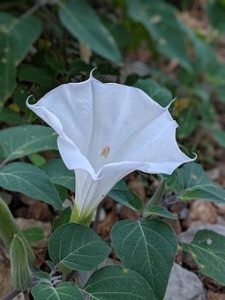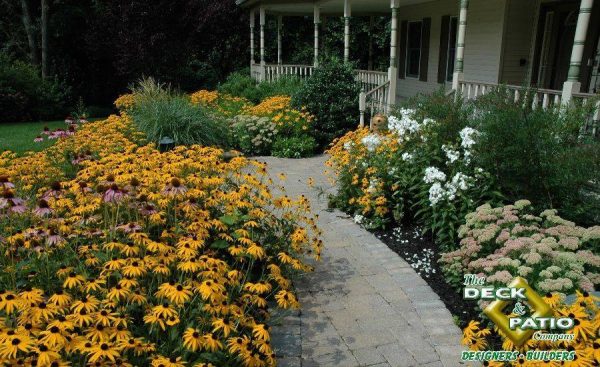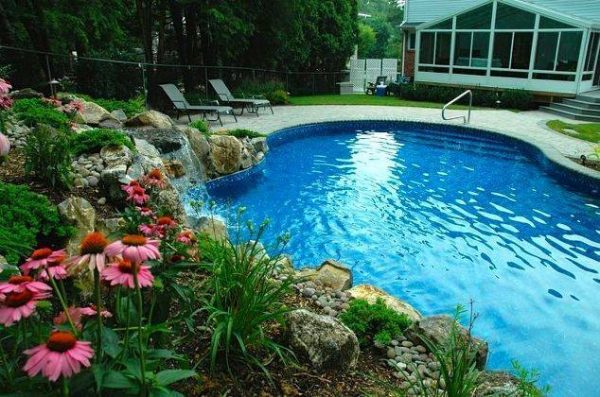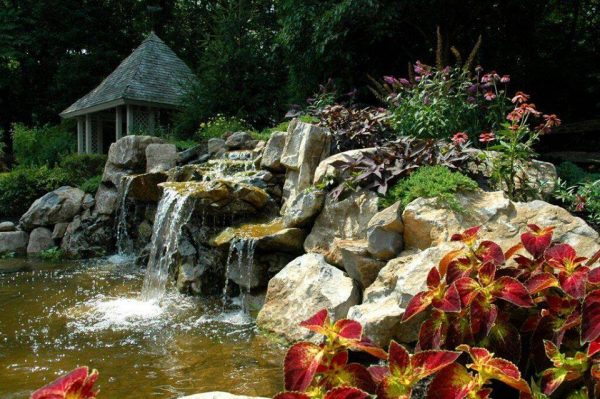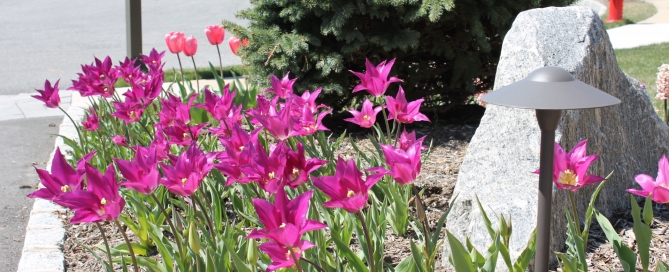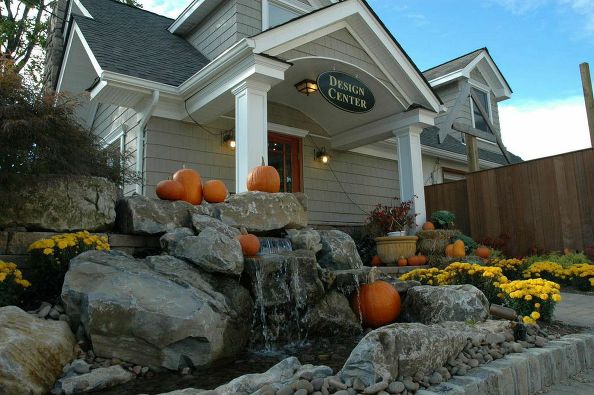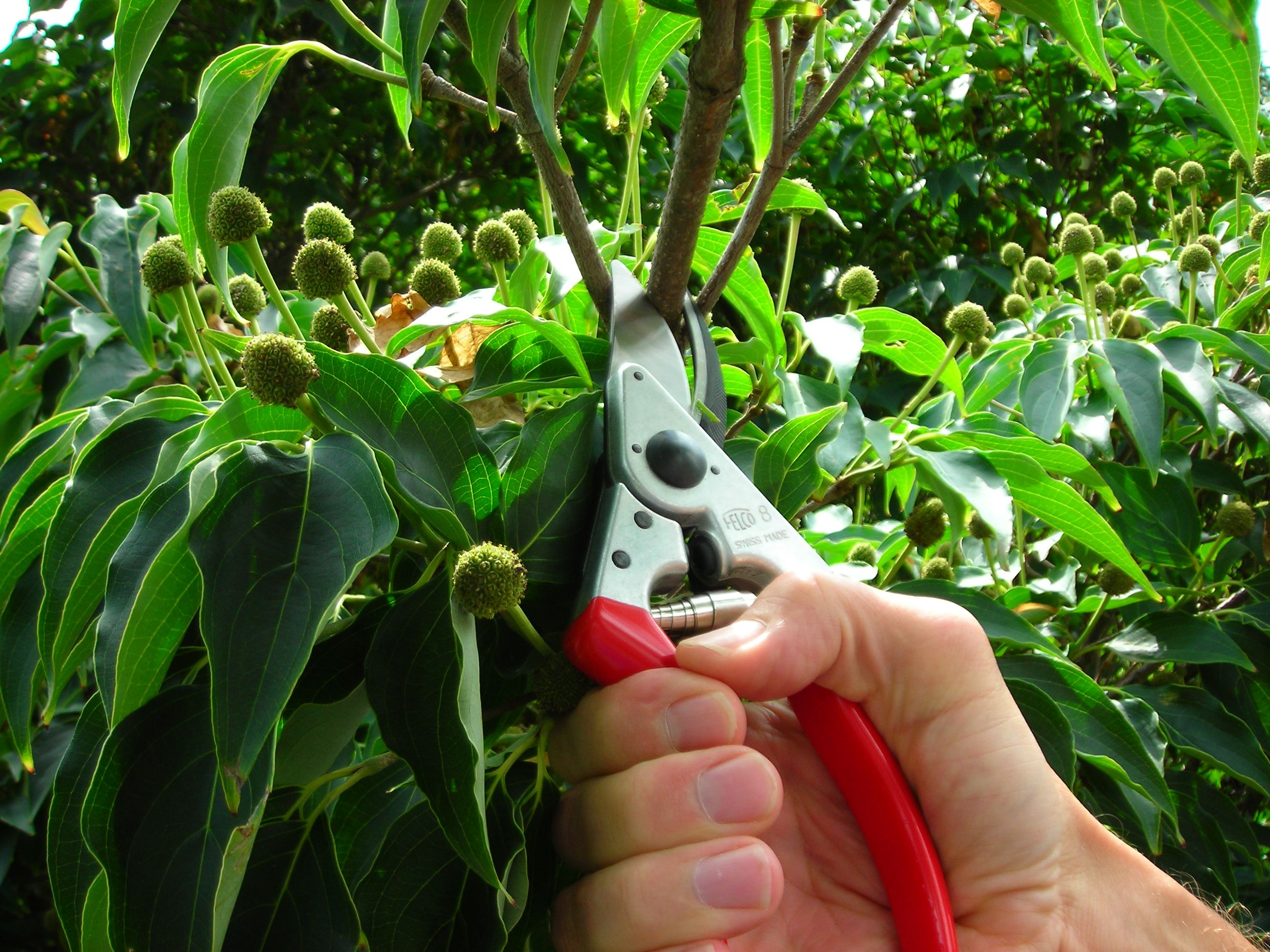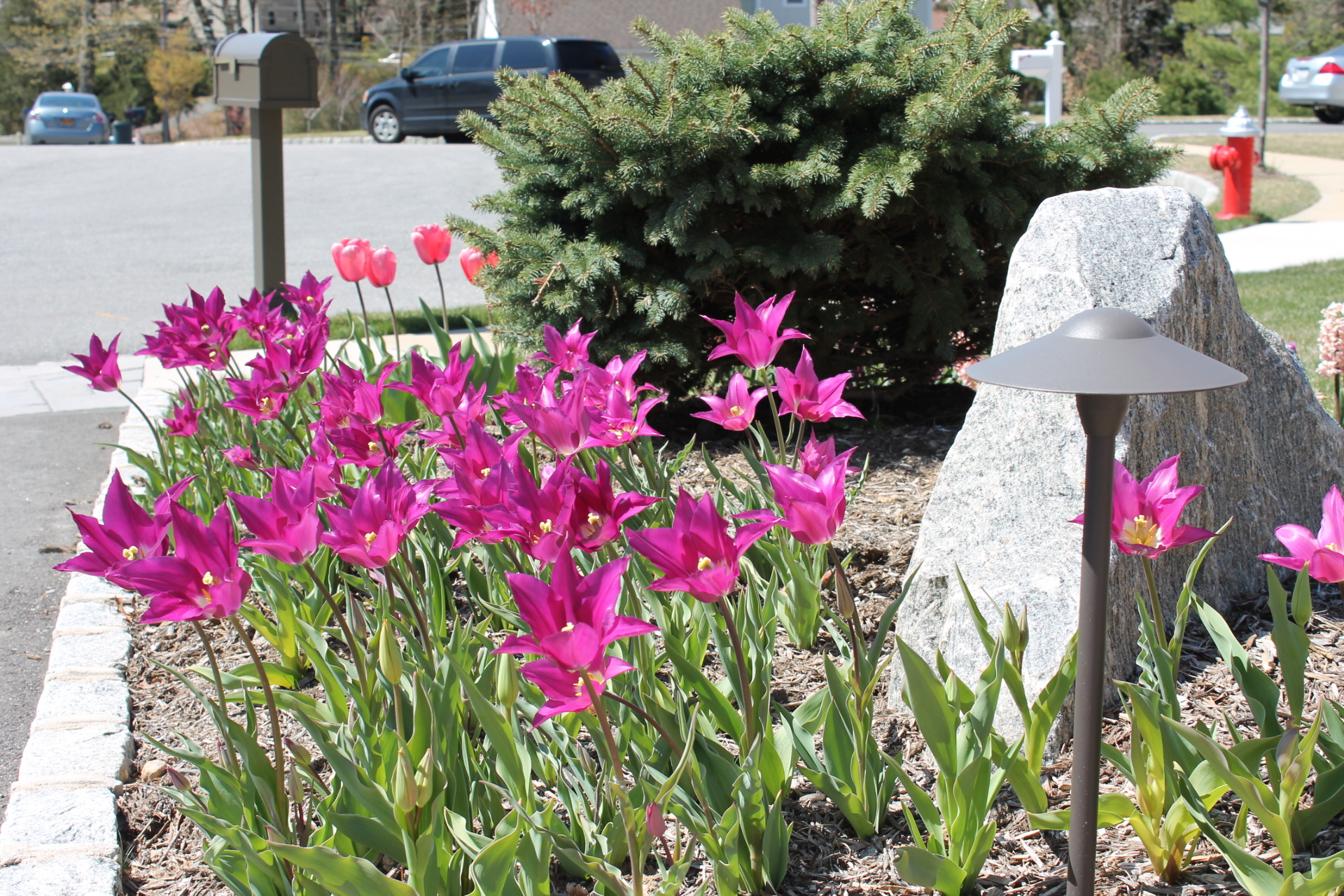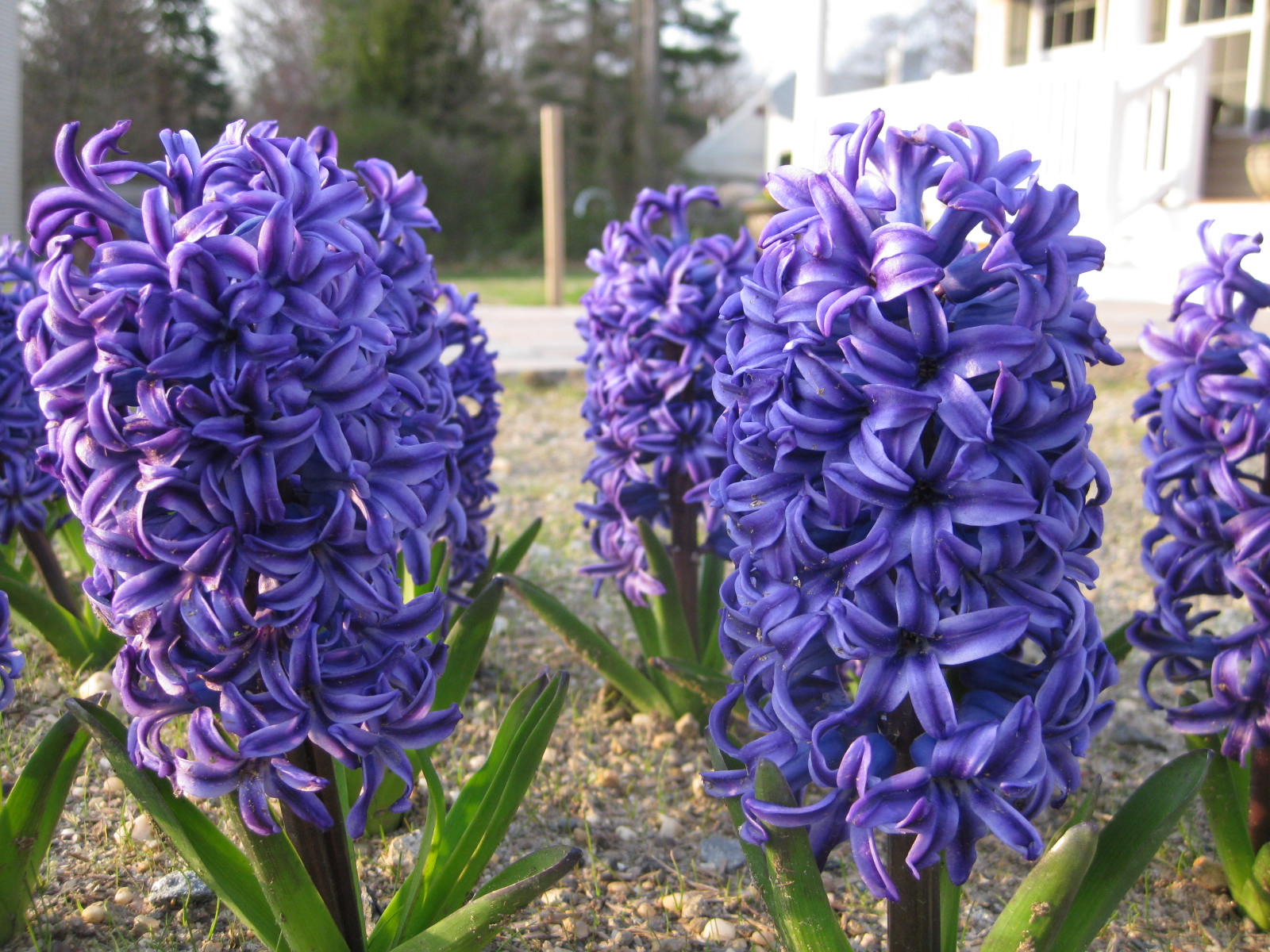Fall Planting Is for All Seasons
As Ms. Hepburn said, a garden is truly to believe in tomorrow — a happy tomorrow full of color.
And there’s no better time than now to begin exercising that belief. Late fall is the perfect time to plant bulbs.
When the temperature in fall has dropped to about 55 degrees F and the overnight drops to between 40 and 50, this is the ideal time to plant bulbs for spring.
So let’s get to which plants thrive and grow best in our neck of the woods.
Which Bulbs to Plant in Fall
“We have a considerable deer population on Long Island,” says our own Dave Stockwell. “And we agree recommend choosing bulbs that the deer tend to avoid.”
Such plants might include daffodils, allium (ornamental onion), hyacinth, grape hyacinth and crocus.
And though not actually bulbs, you can venture into some of the other tuberous perennials like peony and tall bearded iris as well.
“We often use these beauties to make lovely edging to other spring flowers,” says Dave.
These delightful plants are often the first flower you see in spring. And they return year after year.
Best Soils for Bulbs
Bulbs grow nicely in many different soil types, but not in heavy, poorly draining soils. Ideally you should plant in soils that are organically rich, slightly acidic, well-drained sandy loams or loamy sands.
Inexpensive bulbs provide very early color in your garden beginning in early March through late mid-June.
“The ideal time to plant bulbs is late October, early November,” says Dave Stockwell. “Tulips, Daffodils, Allium, Hyacinths, Crocus, Lilies, etc. offer their own unique color, texture, height. Each require their own sun and shade tolerance; and some have fragrance, for example., Hyacinths.”
The way you install bulbs is probably the most important aspect of ensuring they flower in the following spring, say our experts.
Each type of bulb has its own specified planting depth and spacing (see below). It is extremely important that you follow the proper depths — otherwise, the bulbs will not flower or may not leaf out.
In addition, the pointy tip of the bulb must be planted straight up; otherwise the bulb will definitely not perform as intended.
Planting Depths for Spring Bulbs
Alliums: 8 inches
Crocus: 3 inches
Daffodil: 6 inches
Hyacinth: 7 inches
Tulips: 6 inches
Audrey Hepburn said ‘To plant a garden is to believe in tomorrow.’ When you plant this little brown bulb in the soil, you plant the hope that you’ll see it break ground and bloom in the spring.
Note from Deck and Patio: These beauties are some of the first heralds that spring has arrived. It’s no wonder that Ms. Hepburn and the producers of “Gardens of the World..” chose them as a focus of an episode — and that they are one of the horticulturist’s suggested bulbs.


